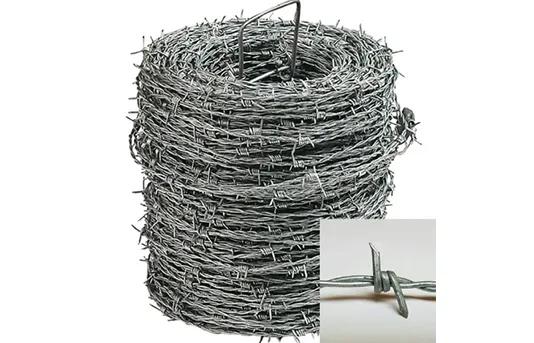-
 Phone:
Phone: -
 Email:
Email:

Effective Strategies for Reducing the Risk of Rock Falls in Various Environments
How to Prevent Rock Falls A Comprehensive Guide
Rock falls pose a significant risk to both human safety and infrastructure, particularly in mountainous and heavily wooded areas. Understanding the causes of rock falls and implementing effective prevention strategies is critical to minimizing potential hazards. Here, we explore several approaches to prevent rock falls and enhance safety in vulnerable areas.
Understanding the Causes
Before tackling prevention methods, it’s essential to understand what triggers rock falls. Factors such as weather conditions, geological features, and human activities play a vital role. Heavy rainfall can saturate the ground, causing loose rocks to slide. Similarly, freeze-thaw cycles can crack rocks, leading to their eventual dislodgement. Additionally, human activities such as mining, construction, and road building can destabilize rock formations.
1. Regular Inspection and Monitoring
One of the most effective ways to prevent rock falls is through regular inspection and monitoring of areas susceptible to these hazards. Geological surveys can identify potentially unstable rock formations. Employing monitoring systems such as rock fall fences, nets, and monitoring cameras can provide early warnings of rock movement. Regular inspections help assess the condition of slopes and can alert authorities to necessary maintenance before a potential rock fall occurs.
how to prevent rock falls

Vegetation plays a crucial role in stabilizing soil and rock formations. Planting trees and shrubs can enhance root systems, which help bind soil and rock together. Moreover, maintaining existing vegetation can reduce runoff and prevent soil erosion, which can trigger rock falls. In areas where vegetation is too dense, controlled thinning can decrease the weight on unstable slopes while still preserving ecological balance.
3. Engineering Solutions
In many cases, employing engineering solutions is necessary to prevent rock falls. Rock bolting, for instance, involves drilling bolts into the rock to secure loose blocks in place. Additionally, the installation of rock barriers, slope grading, and creating drainage systems can redirect water away from vulnerable slopes, reducing erosion and instability. Each engineering solution should be tailored to the specific conditions of the site to ensure maximum effectiveness.
4. Community Awareness and Preparedness
Educating the local community about rock fall risks is vital. Awareness campaigns can inform residents about safe practices, such as not building too close to steep slopes and recognizing warning signs of potential falls, like cracks in the earth. Developing evacuation plans and emergency response strategies will help communities react swiftly in the event of a rock fall, potentially saving lives.
Conclusion
Preventing rock falls requires a multifaceted approach that combines inspection, vegetation management, engineering solutions, and community education. By understanding the dynamics that lead to rock falls and actively working to mitigate risks, we can enhance safety and protect both people and property in vulnerable areas. Investing in these proactive strategies is key to minimizing the impact of rock falls and creating a safer environment for all.
-
Wire Mesh for Every Need: A Practical SolutionNewsJul.25,2025
-
Steel Fences: Durable, Secure, and Stylish OptionsNewsJul.25,2025
-
Roll Top Fencing: A Smart Solution for Safety and SecurityNewsJul.25,2025
-
Cattle Farm Fencing Solutions for Maximum SecurityNewsJul.25,2025
-
Affordable Iron Binding Wire SolutionsNewsJul.25,2025
-
Affordable Galvanized Wire SolutionsNewsJul.25,2025
-
Wire Hanger Recycling IdeasNewsJul.25,2025








